A brief history of the SUV — and why it took the world by storm
The Sports Utility Vehicle (SUV) is a runaway success, regularly topping the charts as the world's most popular passenger vehicle body shape. In the US, it has become a way of life, with over 12 million sold last year alone. But where did it come from? And why is it still relevant today? With the launch of the Polestar 3 - the SUV for the electric age - we spoke to Leslie Kendall, proud Californian and Chief Historian at the iconic Petersen Automotive Museum, to get some answers.
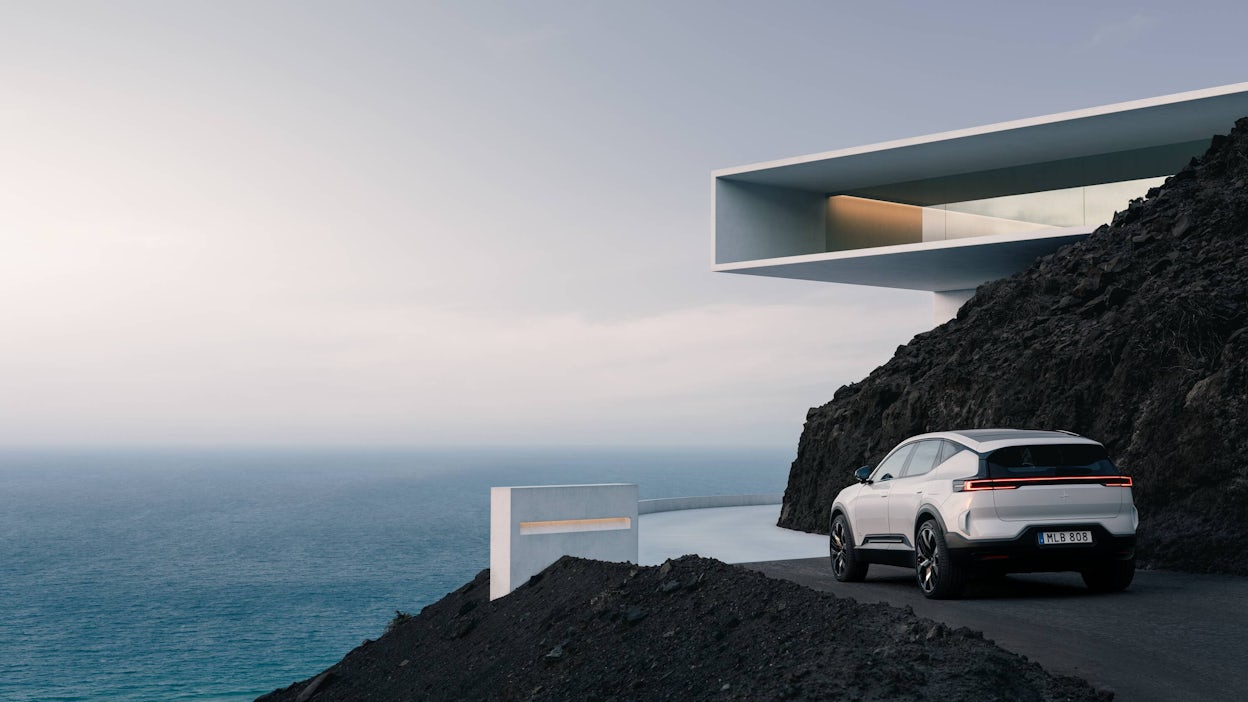
Origin story
The SUV's history is about as straightforward as a DC Comics supervillain backstory. As with all good family lore, it really depends on who you talk to. Some say the SUV as we know it today traces its lineage back to post-World War II military vehicles, while others believe station wagons and 'carryalls' of 1930s and 1940s America were its true antecedents.
"There are so many interpretations of how the SUV developed," Kendall explains as we catch up with him in between cataloging duties at the Petersen Automotive Museum in Los Angeles.
"Some people claim the FWD Auto Company produced the first all-wheel-drive vehicle with its Battleship model. This was way back in the early 1900s. Amazingly, the company created a four-wheel-drive touring car very early on, but it struggled to catch on with the public and didn't match the success of its later commercial vehicles," he adds.
But particularly when framed in US automotive history, many look towards the 1936 Chevrolet Suburban as the true precursor of the SUV. "I don't know whether it had much 'S' in its SUV, but the Chevy Suburban could haul a lot of people around in comfort. It wasn't exactly luxurious but it could store a lot of kit, which made it a workhorse but also popular with folk that hunted and drove for sporting pleasure. You have to remember, that before driving was a necessity, it was done for fun. But the ability to transport people and kit, as well as serious driving capabilities, are both features of the SUV that have endured to this day," he adds.
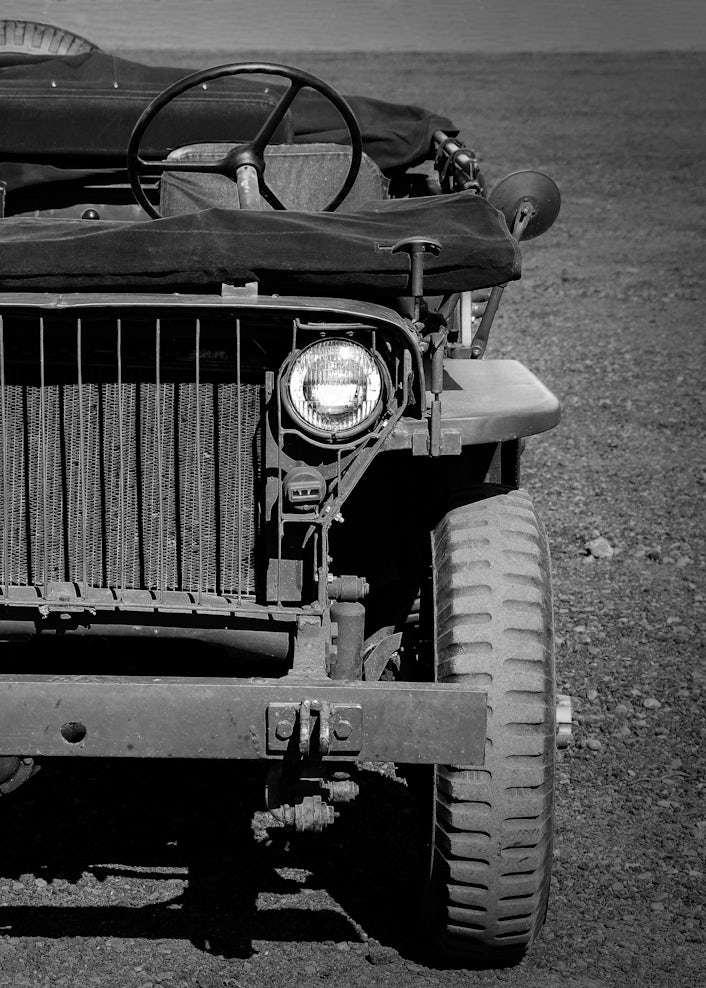
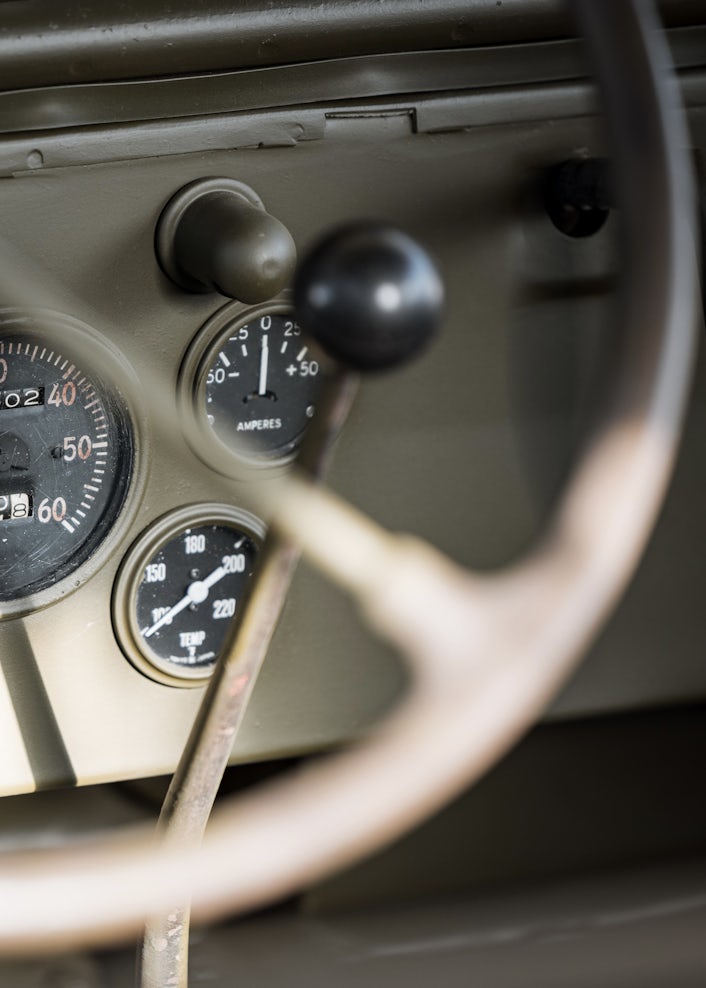
These machines were hugely capable, but they weren't very civilized
Tough, capable, all-wheel-drive vehicles would then reappear in the late 1940s when numerous manufacturers faced the issue of surplus military equipment after the conclusion of World War II. Willys MB and Ford would repaint and revise their Willys Jeep in order to make it more attractive for public consumption.
"These machines were hugely capable, but they weren't very civilized," explains Kendall. "But then along came Land Rover with its Range Rover, and buyers in the UK and Europe got a first-hand experience of what a luxury, everyday off-roader looks like," he adds.
Fast forward a few decades and Jeep launched the Cherokee in the early 1980s, following the success of another early SUV forefather in the 1960s: Wagoneer. But the Cherokee was arguably the first off-road vehicle in the US with a unibody design, moving it away from a truck and closer to a car, resulting in more refined road manners. It was referred to as a Sportwagon, proved a hit with suburban drivers, and sparked a number of similar designs from rival auto manufacturers across the globe.
"The raised ride height, the fact that you have a commanding view of the road and the built-in toughness of SUVs proved popular with the everyday driver in the States," explains Kendall. "It was a recipe that was tweaked and adapted, but customers clearly loved the combination and remain attracted to it now," he adds.
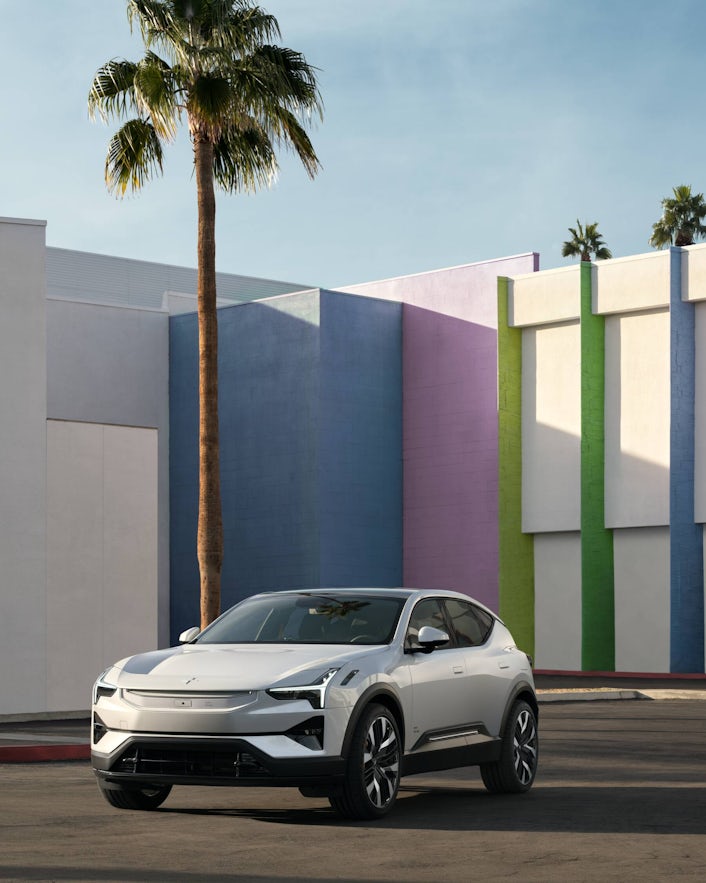
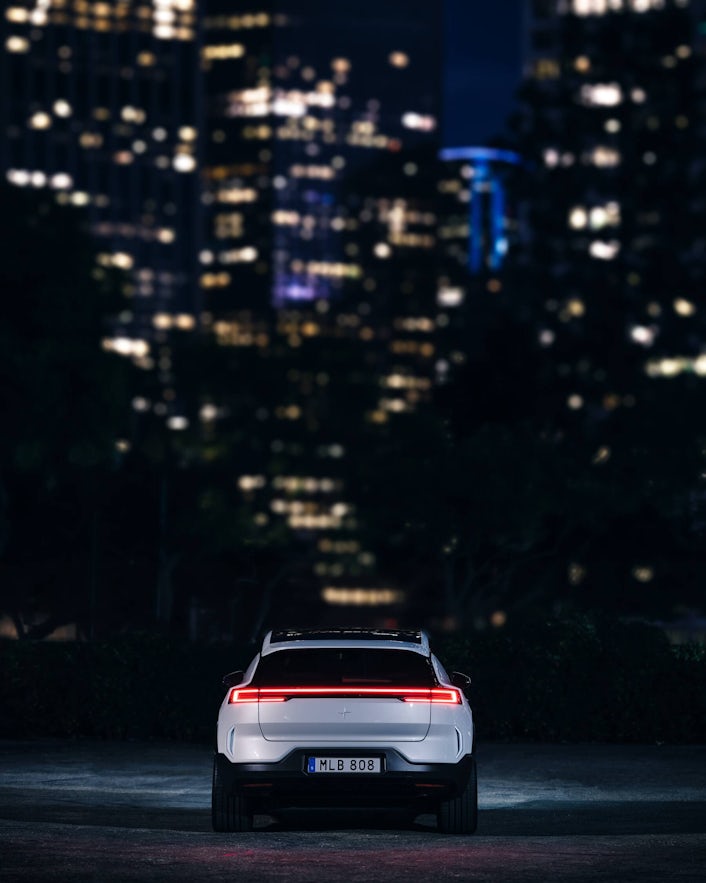
The SUV for the electric age
With a preliminary EPA target range of up to 315 miles*, power up to 517 hp*, all-wheel-drive, and a go-anywhere attitude, the Polestar 3 has all of the hallmarks and genre-defining design codes of an SUV, but it fuses the practicality, performance, and commanding driving position with the latest in-car and battery electric technology. The dual motor platform offers sure-footedness on unpredictable terrain and a powerful, wide stance bears all the hallmarks of an SUV. But here, in true Polestar style, we've reimagined the archetype with a focus on aerodynamics and a true performance driving experience.
This is an SUV that breaks free of the negative image of ever-increasing physical and carbon footprints. Back in 2019, research by the International Energy Agency claimed that growing demand for SUVs was the second largest contributor to the increase in global CO2 emissions from 2010 to 2018.
"Growing up in California, these early station wagons and SUVs were everywhere and they became status symbols. Owners rarely exploited their full potential, either carrying huge loads or genuinely driving through the desert, but they liked the fact that they could if they needed to," Leslie Kendall remarks.
The dawn of the electric age has allowed automotive designers more freedom to riff on traditional SUV styling cues as well as enabling engineers to reimagine what practicality and everyday usability looks like, whether that's manifested in additional storage space, more luxurious interiors, or cutting-edge tech that becomes part of an owner's digital ecosystem.
We are arguably over 100 years into the SUV's life story, but as we enter the next chapter, it looks like this story is far from over.
Find out why Polestar 3 is the SUV for the electric age.
Words by Leon Poultney
*Preliminary data. Subject to final vehicle certification. Range figures based on the Long range Dual motor and the EPA calculated test data. Preliminary power performance figure is based on the Polestar 3 Long range Dual motor with Performance pack. This is an electric vehicle. Since electricity is not measured in gallons, a conversion factor is used to convert the fuel economy into miles per gallon of gasoline equivalent (MPGe). Use for comparison purposes only. Your MPGe will vary for many reasons, including, but not limited to, driving conditions, how and where you drive, how you maintain your vehicle, battery package/condition, and other factors. See www.fueleconomy.gov.


